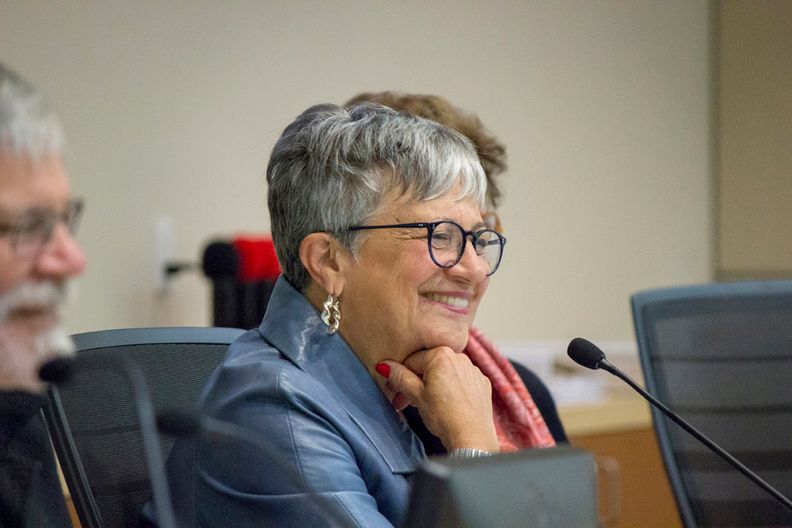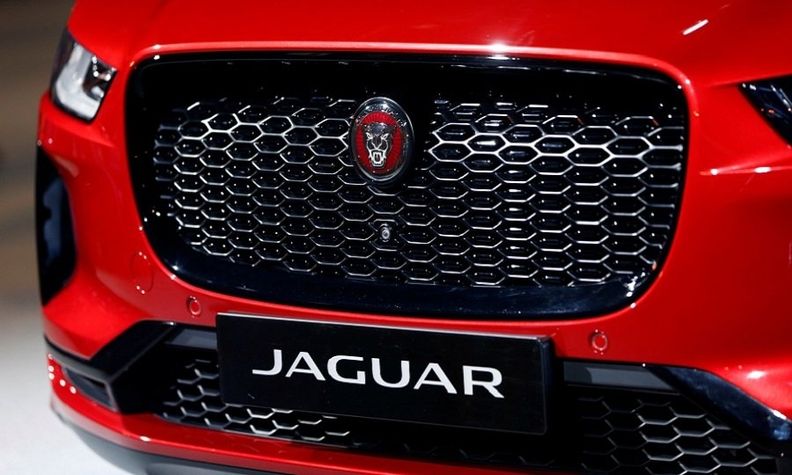<!–*/ */ /*–>*/
| Honda’s incoming CEO signals a transition |

Two significant things happened at Honda back in 1987: It asserted its self reliance and it hired Toshihiro Mibe.
In a big ceremony that September in Marysville, Ohio, the company outlined plans to construct a second car assembly plant in the U.S., build a new R&D center, and expand its Anna, Ohio, engine plant.
“We are trying to establish in the United States a self-reliant motor vehicle company,” Tetsuo Chino, then president of Honda North America, said that day.
As for Toshihiro Mibe, in just over five weeks, on April 1, he will become the next CEO of Honda Motor Co. — but with a decidedly different attitude than Chino on going it alone.
We begin a Page 1 story Monday with an eye-opening discovery that stemmed from a joint project with Honda and General Motors. It had to do with an effort to reduce the amount of precious metals used in catalysts. And GM’s solution trumped Honda’s.
“They had a different perspective,” Mibe said.
“We thought that maybe we shouldn’t just rely on ourselves,” he added during a Friday press conference announcing his promotion. “I will opt to use alliances to accelerate the process or rely on outside experts to accelerate the process.”
With Mibe’s ascension, Honda will also return to its tradition of promoting heads of its R&D unit to chief executive.
The veteran powertrain engineer will have plenty to do beyond picking the right partners.
Among his challenges:
•Boost profitability in Honda’s automobile business, where operating margins are thin and far below what Honda achieves with its motorcycles.
•Restore a reputation for reliability. Honda fell nine positions to a near-bottom 27th overall in J.D. Power’s latest Vehicle Dependability Study, released last week.
•Accelerate Honda’s shift into a new era of autonomy, electrification, and connectivity.
“I understand what needs to be done,” said Mibe, now 59 and in year 35 of his Honda career. “Time is crucial, especially these days.”
 |

 |
Coming Monday in Automotive News:

How low can you go? You might think that low inventory – a result of COVID-19-related factory disruptions – would be a bad thing. While it makes it tough to meet most customer requests with what’s available on the lot, most dealers say it also has resulted in higher profitability. Will the pandemic model of lean inventory last? Or will the industry revert back to bloated levels that were standard before the pandemic slowed output? Automotive News talks with dealers, analysts, auto executives and industry experts to find out.
Weekend headlines
Honda promotes execs for U.S. sales, operations: Mamadou Diallo, assistant vice president of national sales at Acura, has been named vice president of auto operations beginning April 1. Replacing him in the sales post will be Emile Korkor, 43, assistant vice president of Acura sales and marketing in Canada.
 |

New looks, lower price: The Chevrolet Bolt EV is getting its first significant updates and a $5,500 base-price reduction as part of a freshened 2022 model.

Jag to go all EV by 2025: Jaguar will become all-electric starting in 2025. Sister brand Land Rover will get six new full-electric models in the next five years with the aim of making 60 percent of its sales zero-emissions vehicles by 2030.
<!–*/ */ /*–>*/
 |
|
|---|
 |
 |
A selection from Shift and Daily Drive:
 |
Feb. 27, 1934: Date of birth of Ralph Nader, a consumer advocate and founder of the Center for Auto Safety. In 1965, his groundbreaking book, Unsafe at Any Speed, exposed the American auto industry’s lax safety practices.



